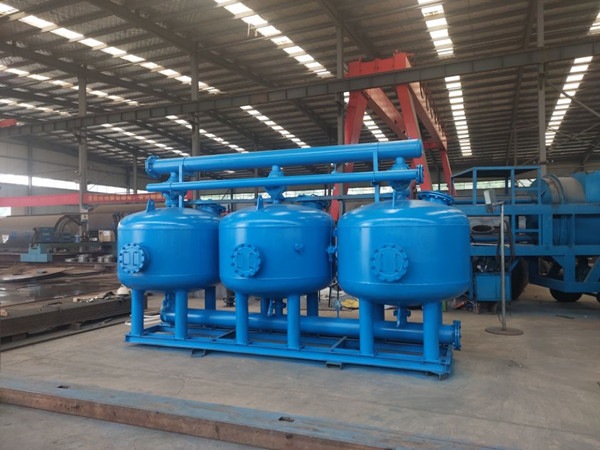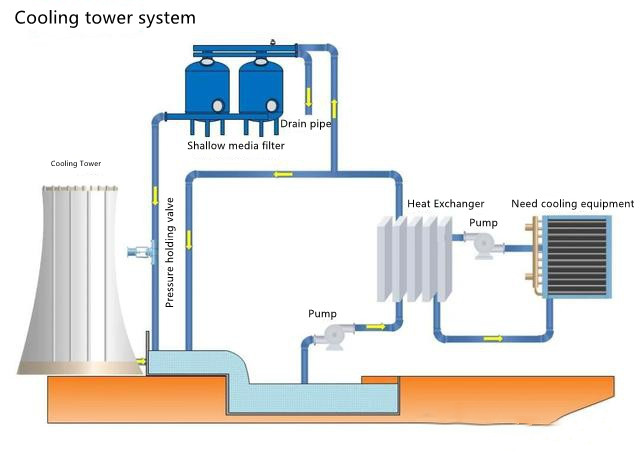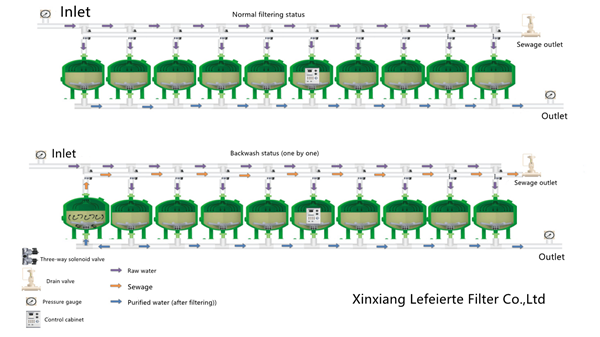2022-10-31

Problems related to the use of shallow sand filters in cooling water circulation systems
In the field of industrial circulating water, there are usually various problems such as slime, scale, silt deposition, etc. These problems directly lead to the reduction of heat exchange efficiency, and will cause increased consumption, pipeline blockage, and shorten the use of equipment life.
Shallow sand filters can be used to effectively solve these problems and ensure the efficient, stable and safe operation of the circulating cooling water system. Why should a shallow sand filter be used in the circulating cooling water system?
Because the circulating cooling water system is an open system, dust, impurities in the air and scale in the pipeline will enter the water and make the water quality worse. When the impurities increase, it is easy to block the copper tube of the heat exchanger, reducing the heat exchange rate and affecting the whole Cooling system effect.

Compared with traditional filters, the shallow sand filter has the following advantages: uninterrupted water supply to the system during backwashing, low water consumption for backwashing, small footprint, no need for special foundation treatment, fully automatic control, simple maintenance, and effective To reduce turbidity, shallow sand filters are the first choice for working conditions where the circulating cooling water flow is large and the filtering speed is faster.

Why do side filtering?
Cost: The circulation volume of the cooling system is generally relatively large, and the cost of full filtration is relatively high.
Circulation: The water system is cyclic, and the effect of side filtration is superimposed. For a long time, the water in the system has been filtered to achieve the filtering effect.
What are the main parameters related to the filtering effect of the shallow sand filter?
1. Flow rate. The optimal flow rate of filtration is best controlled within 30m3/H.
2. Filter media. Generally there are quartz sand, glass filter material, active filter material, etc.
3. Flow rate. According to the circulation volume of the cooling system, it is generally appropriate to take 5%-10% of the circulation volume. Of course, the greater the flow of the filtering equipment, the faster the filtering effect will certainly be, but the greater the investment, depending on customer requirements.